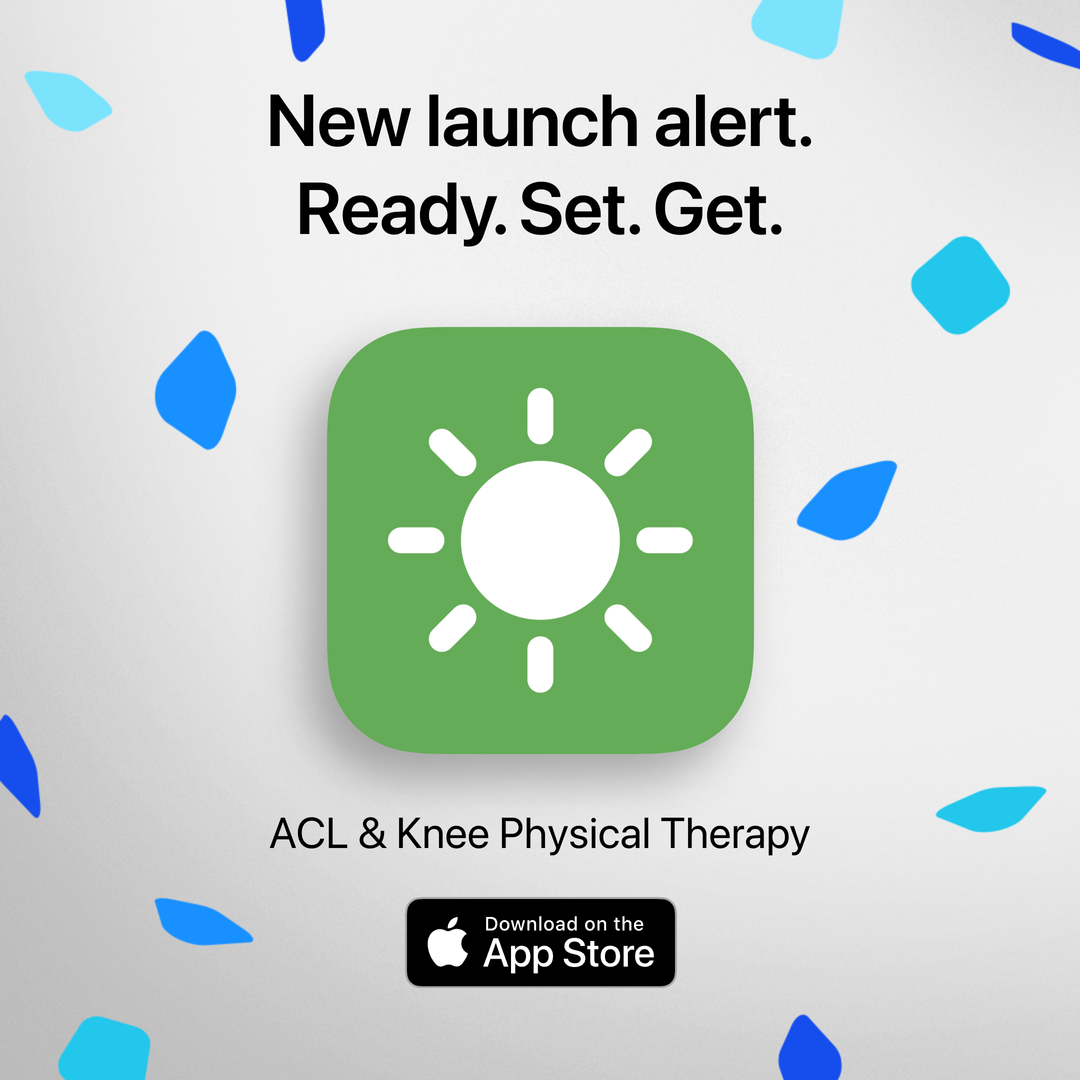Many patients look for information about what rehabilitation protocol is best for them after ACL reconstruction surgery. In this blog, we’ll discuss the why the protocol for a patellar tendon autograft and quadriceps tendon autograft are the same!
The quadriceps tendon is the point where the four front thigh muscles come together. This tendon is attached to the kneecap, also known as the patella. Below the kneecap there is another tendon which connects the kneecap to the shin bone. This is called the patellar tendon. Together, with the help of muscles, the quadriceps tendon and patellar tendon straighten the knee.
Quadriceps tendon autograft have gained popularity in recent years. This is no surprise considering research indicates that the quad tendon is thicker, longer and wider compared to the patellar tendon.[2] However, to date patellar tendon autographs have been well studied and are commonly referred to as the gold standard graft of choice.[1]
In the case of a patellar tendon autograft, a piece of tissue right below the kneecap is taken to be used for the ACL reconstruction. For a quadriceps tendon autograph, a piece of tissue right above the kneecap is taken for the new ACL.
In both types of ACL reconstruction techniques, the tissue taken for the new ACL comes from the front of the knee area. Both tendons help to straighten the knee and therefore have the same function. Because they both help straighten the knee, the exercises prescribed to regain function after surgery are the same. Any exercise that requires the muscles on the back of your leg to work have no limitations because there was no piece of tissue removed from the back of your leg for either surgery.
Research shows that regardless of the graft taken (patellar tendon or quadriceps tendon) patients who completed the same standard postoperative rehabilitation protocol showed little to no difference in terms of postsurgical outcomes.[1][2][3] This means that patients who completed the same exercises after either surgery had similar strength, range of motion, and overall knee function when compared to one another. Based on the evidence, the recovery protocol for patellar tendon and quadriceps tendon autographs are the same!
If you have injured your ACL, or have an upcoming ACL surgery, knee replacement, or hip replacement, you can start a personalized recovery plan using the Curovate app today. The app provides you with guided exercises, rehab reminders, progress tracking, and can even measure your range of motion, all from the convenience of your phone. To get started, simply download the app for iOS or Android using one of the links below.
If you need further customized assistance during your surgery or injury recovery check out our Virtual Physical Therapy page to book your 1-on-1 video session with a physiotherapist online.


Other Blogs Related to ACL Reconstruction:
- Where is my new ACL coming from?
- ACL Recovery Timeline
- When can I return to sport after an ACL injury or surgery?
- Is an ACL surgery painful?
- What is an ACL and how is it injured?
- Can an ACL injury lead to arthritis in the future?
- Is it normal to still have pain after an ACL reconstruction surgery?
- Why is my knee numb and tingly after an ACL reconstruction surgery?







